
https://www.youtube.com/watch?v=uBqNYt6oGCc
The Unique Benefits of Using Vitamin D and K2 Combined
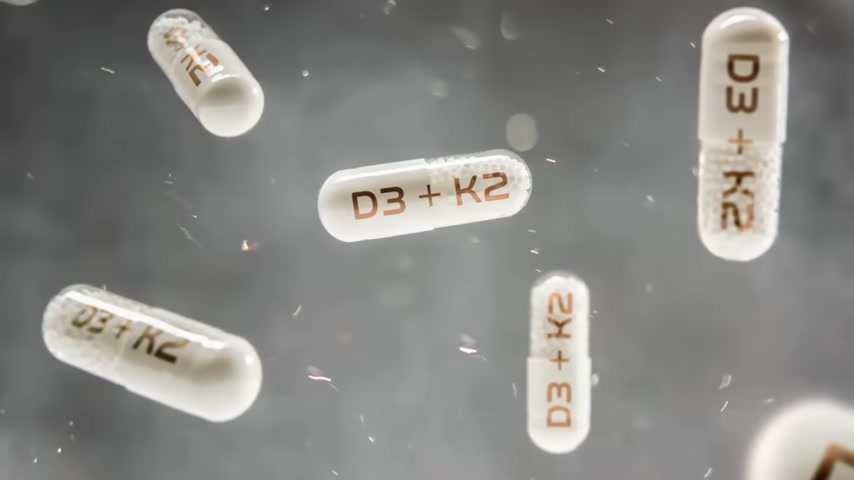
Today , we're gonna talk about the benefits from using vitamin D3 and K2 at the same time .
I think the best way to start this presentation is to talk about this calcium paradox .
A paradox is 2 things that sound logical , but they conflict in a certain way .
And the calcium paradox relates to , like , women postmenopausal that have bone loss yet at the same time , they have vascular calcification .
Now , how can that be ?
That sounds illogical .
I mean , how can you be losing bone like a calcium deficiency , and then at the same time you have excess calcium in the arteries ?
It just doesn't make sense .
And another paradox called the French paradox , where you have people in France consuming large quantities of saturated fat , yet at the same time , they have lower rates of heart disease .
How can that be ?
Is it the wine they're drinking ?
Is it some phytonutrients ?
What is it ?
Well , what we're gonna talk about now will explain both paradoxes .
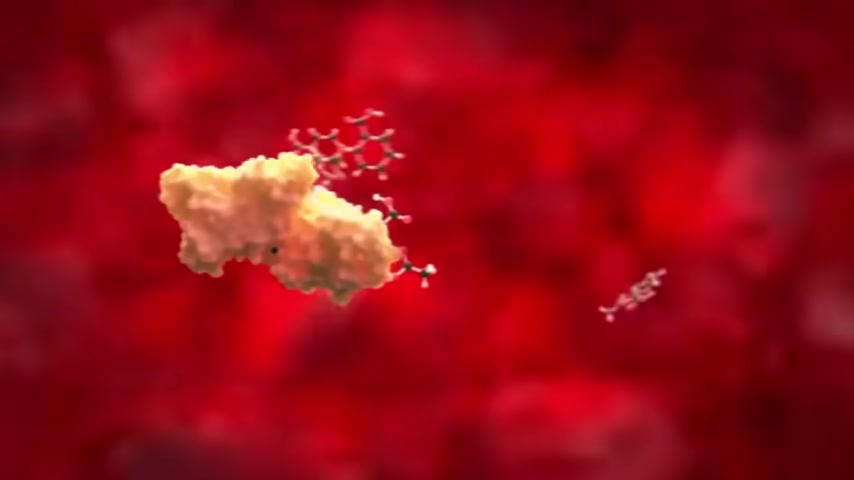
There's some missing information that will make everything make sense .
All right .
So let's start with vitamin D3 .
Most people know that vitamin d 3 helps the absorption of calcium in the intestines by a factor of 20 x .
So you can absorb a lot more calcium when you have vitamin d in your gut .
Where does the calcium go ?
It goes in your blood .
Now , is that dangerous ?
Is that a problem ?
Are you gonna develop too much calcium in the blood ?
That's called hypercalcemia .
Now there is conflicting studies on that .
Sometimes it does .
Sometimes it doesn't .
And the next thing I'm gonna tell you will explain that inconsistency too .
It has to do with this one vitamin called vitamin k 2 .
Not k 1 , k 2 .
K 1 is all about clotting .
K .
If you're deficient in k 1 , you're gonna bruise easily .
Vitamin K2 is different .
It takes that calcium in the blood and transports it into the bone and the teeth .
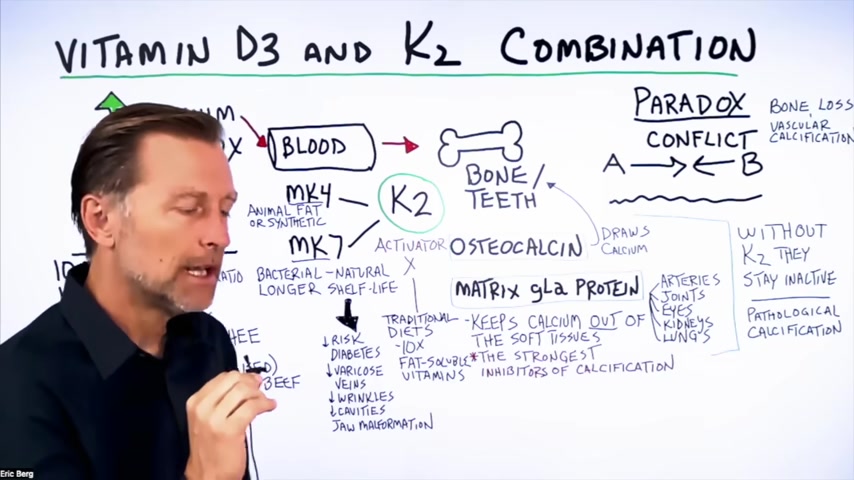
It's a calcium transporter , and it uses this helper right here .
It's a protein called osteocalcin to draw calcium into the bone and bind it inside the bone .
So the bones become very , very solid .
And k two also activates another thing right here called matrix gli protein , which is not necessarily binding the calcium in the bone .
It's removing the calcium from not just the arteries , but other soft tissues .
So it keeps calcium out of the arteries , out of the joints , out of the eyes , out of the kidneys , out of the lungs , out of the skin , out of the breast tissue , and so vitamin k 2 is the activator of both of these guys right here .
And without this activator k 2 , both of these proteins stay inactive , and you potentially could start developing pathological calcification , calcification , which is a bad thing because there's certain places that you don't want calcium .

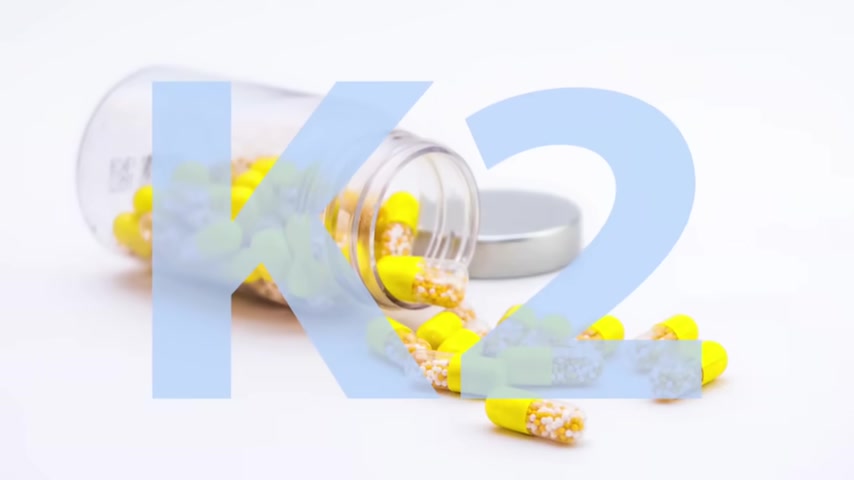
In fact , this thing right here is one of the strongest inhibitors of calcification .
Because when someone takes calcium , let's say a woman who just became menopausal to prevent her bone loss , and now they're at a double risk of getting a heart attack , Well , only if they're deficient in K2 .
And so this hypercalcemia can be controlled if there's enough K2 in the diet .
Now , let me just add one more thing to explain this French paradox .
Right ?
Well , they consume a lot of fatty foods and I've been there and that's absolutely true .
Yet they have low rates of heart problems .
Wonder why that is .
Well , the answer to that is in the source of k 2 .
Where does vitamin k 2 come from ?
Well , it can either come from animal fats , those things that we were told to avoid because we wanna prevent heart problems , which is completely false information .
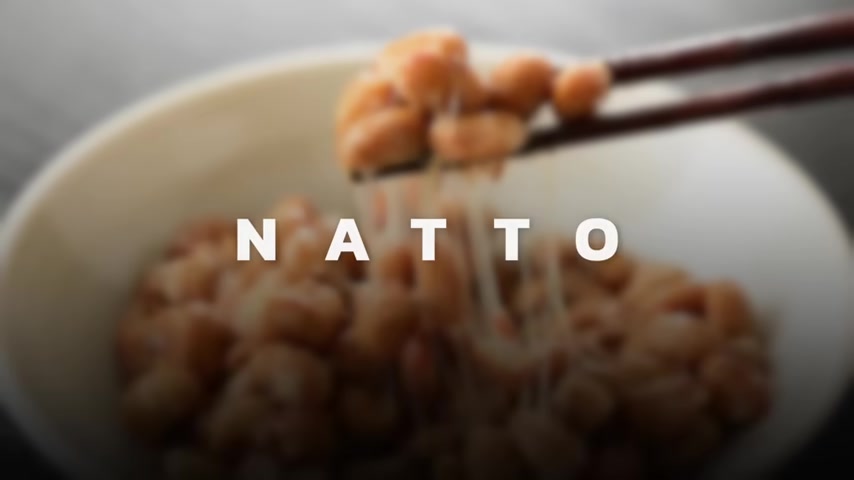
And so there's 2 main versions of this K2 , the MK 4 , which is comes from animal fat , but there's also a version MK 7 of k 2 that comes from bacteria , as in that French cheese , and even other fermented things like sauerkraut and a fermented soybean called Natto , where they use in Japan .
Now understanding this mechanism and vitamin K2 is vitally important since heart attacks are the number one killer .
And if we can keep calcium out of the arteries , that would be a very , very good thing .
And it also explains why a lot of people are deficient in K2 , because they have cut out these foods right here , which I'm gonna explain .
They've cut out the grass fed butter and ghee , And all the foods I'm gonna mention now are high in vitamin K2 .
They have cut out the hard and soft cheeses .
Maybe they might do low fat cheeses .
Well , guess where all the vitamin k 2 is ?
It's in the fat .
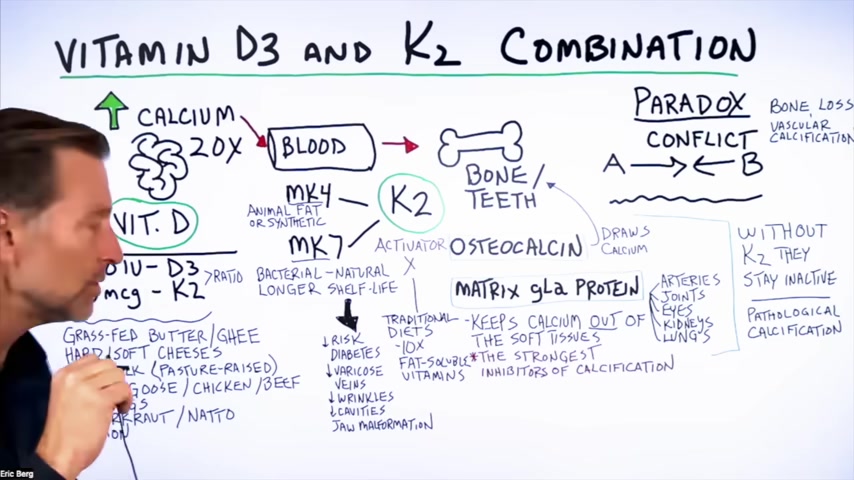
Vitamin k 2 is also in egg yolks , especially if it's pasture raised , allowing chickens to run out into the pasture .
Vitamin K2 is also in goose liver , chicken liver , and beef liver .
It's in hot dogs , and it's also in salmon , wild caught salmon .
Now there's a very interesting book , Nutrition and Physical Degeneration by Weston Price .
I don't know if you've heard about this , but Weston Price studied traditional cultures , and he observed that in these traditional cultures , the teeth were almost perfect .
The jaw structure was symmetrical , and there's no need for braces at all .
Compared to our modern diet where just about everyone needs braces .
But he found that traditional diets had 10 times the amount of fat soluble vitamins , and vitamin K2 is a fat soluble vitamin .
In fact , he talks about vitamin K2 in his book even before it was discovered .
He didn't have a name for it , so he called it Activator X .

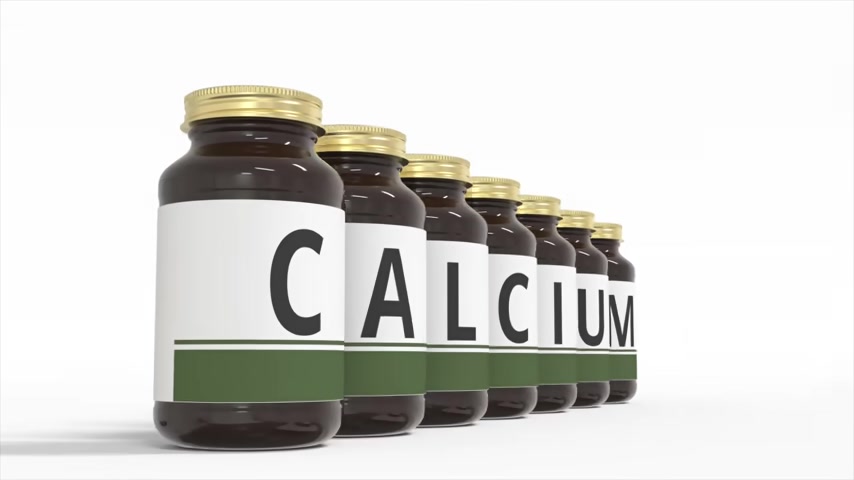
But it's interesting that he isolated that way back .
I think it was in the twenties .
Vitamin K2 doesn't just control calcium .
It also can help , make insulin more sensitive to decrease someone's risk for diabetes .
It also has benefits improving varicose veins , wrinkles , decreasing your risk for getting cavities , as well as preventing jaw malformations where someone would need braces .
And the other thing you need to know about is vitamin K2 also needs vitamin D3 , right , to help mobilize this calcium .
Because if there's no vitamin D3 , then where's the calcium for vitamin K2 to deliver into the bones ?
So we need vitamin D3 and we need K2 in the control of calcium , as well as in many different functions .
Now , if someone were to take a supplement , okay , you have the MK 4 version of K2 , and then you also have the MK 7 version , which one is better ?
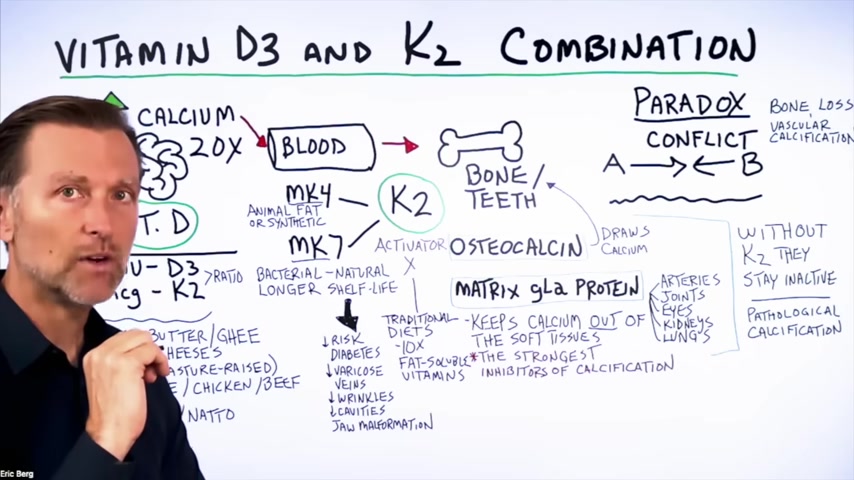
Well , the MK 4 version from animal fats is a great source .
It's natural , but the problem is it's too expensive to extract this MK 4 version from animal fats .
So the way that they make the MK 4 version is synthetically out of tobacco leaves .
So when you buy the MK 4 version of k 2 , you're not really getting the natural version , but if you eat the foods I just mentioned , you'll get a good amount of vitamin K2 in this MK4 version .
But as far as supplements go , I would recommend the MK7 version .
That is a natural version .
It's not synthetic .
Its origin is from bacteria , but so is cheese and other fermented products .
And the other advantage of this MK seven version is it has a much longer shelf life .
Whereas MK 4 might last a few hours , MK 7 lasts much longer .

Also , if you live in Canada and you're buying the MK 4 version , the actual amounts that they allow in Canada are so tiny .
It's not gonna even make a dent into what you really need .
I think the maximum amount that you're allowed to take is a 121 micrograms when you would need like 45 100 micrograms per day .
Now the other question is , what type of ratio between vitamin D3 and k2 ?
This is what I recommend for every 10,000 IUs of D3 .
I would recommend a 100 micrograms , not milligrams , micrograms of vitamin K2 .
That will be the ratio .
So if you do 20,000 IUs of d 3 , you would want 200 micrograms of k 2 .
If you took 5,000 IUs of D3 , you would take 50 micrograms of k 2 , and I'm talking about the MK 7 version .


Now I have a really great summary and a 1 page document of this topic and more data that I'm gonna share with you .
If you wanna download that , I put a link down below .
Check it out .
Are you looking for a way to reach a wider audience and get more views on your videos?
Our innovative video to text transcribing service can help you do just that.
We provide accurate transcriptions of your videos along with visual content that will help you attract new viewers and keep them engaged. Plus, our data analytics and ad campaign tools can help you monetize your content and maximize your revenue.
Let's partner up and take your video content to the next level!
Contact us today to learn more.